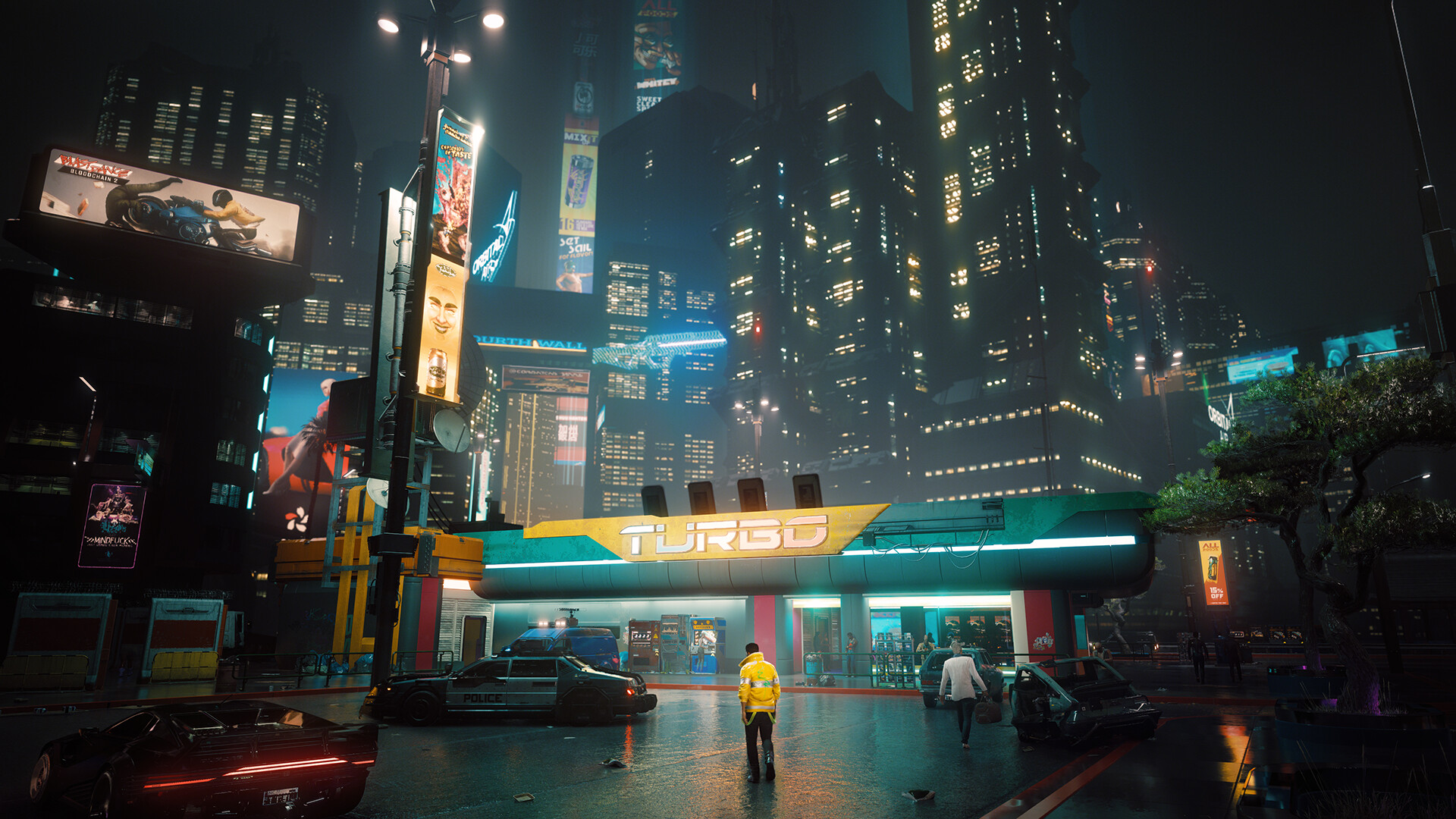The sprawling, galaxy-spanning adventure of Star Wars Jedi: Survivor is not merely carried by its narrative and visuals; it is profoundly elevated by a masterfully crafted musical score. Composers Stephen Barton and Gordy Haab return from Fallen Order, not to simply rehash past themes, but to expand the sonic universe in lockstep with Cal Kestis’s own growth. The score serves as an emotional and narrative compass, deftly shifting between two core pillars of the gameplay experience: intense, chaotic combat and contemplative, vast exploration. A breakdown of these musical ratings reveals a compositional strategy that is as dynamic and nuanced as the game itself.
The Symphony of Survival: Combat Rating (9.5/10)
The combat in Jedi: Survivor is faster, more fluid, and more varied than its predecessor, demanding a score that can keep pace. Barton and Haab deliver a tour de force of adaptive, kinetic composition that earns a near-perfect rating.
1. Dynamic Layering and Thematic Punctuation: The combat score is a marvel of interactive audio design. It is not a single, monolithic track but a complex system of musical layers that respond to the player's actions. A quiet, percussive tension layer might underscore the initial sighting of enemies. As Cal draws his lightsaber, a rhythmic string motif enters. Upon engaging, the full orchestra swells with driving brass and pounding tribal percussion. This layered approach ensures the music is always in sync with the combat's intensity, preventing it from becoming repetitive or disconnected from the on-screen action.
Crucially, the music provides thematic punctuation for key moments. Executing a perfect dodge or parry is often accompanied by a sharp, stinging brass accent—a musical reward for player skill. Conversely, being surrounded or low on health introduces dissonant, swirling strings and ominous low brass clusters, raising the stakes audibly.
2. Regional and Factional Identity: The composers brilliantly assign distinct musical palettes to different enemy factions, deepening the world-building. Battles with the Bedlam Raiders on Koboh are underscored by aggressive, chaotic percussion and wild, untamed horn calls, mirroring their ragtag, savage nature. In stark contrast, encounters with the Empire-aligned ISB or Stormtroopers are met with cold, imperialistic marches, rigid snare drums, and haunting choral elements that evoke the iconic, oppressive sound of the Galactic Empire established by John Williams. This immediate auditory identification tells the player who they are fighting before a single line of dialogue is spoken.
3. The Maestro of Boss Battles: The combat score reaches its apex during the game's numerous boss encounters. Each major duel receives its own dedicated composition, often weaving the personal themes of the antagonist with Cal's own evolving motif. The fight against Dagan Gera, for instance, is a tragic, operatic piece filled with sweeping, yet corrupted, Jedi-like themes that reflect his fallen glory. Darth Vader's inevitable appearance is accompanied by a terrifyingly familiar and overpowering rendition of "The Imperial March," remixed with relentless, pounding rhythms that create a palpable sense of inevitability and dread. These are not just background tracks; they are essential narrative components of the fights themselves.
The Melody of the Unknown: Exploration Rating (9/10)
If the combat music is the intense, quickened heartbeat of the game, the exploration score is its deep, contemplative breath. It is here that Barton and Haab paint the galaxy with a rich and diverse sonic brush, earning a stellar 9/10 for atmosphere and emotional depth.
1. Planetary Leitmotifs and Ambient Soundscaping: Each planet boasts a unique musical identity that establishes its tone from the moment Cal emerges from his ship. Koboh, the frontier world, is defined by wide-open, Americana-tinged themes. Soaring strings, acoustic guitar, and warm woodwinds evoke the feeling of a lonely but beautiful wilderness, a direct auditory homage to Westerns that perfectly matches the planet's lawless, settlement-building vibe.

Conversely, the shattered moon of Koboh, Shattered Moon, and the Forest Array are scored with immense, awe-inspiring ambience. Here, the music leans into ethereal pads, metallic textures, and deep, reverberating bass tones. It feels alien, ancient, and technologically sublime, emphasizing the scale and mystery of these locations. The score makes the player feel small in a vast universe, compelling curiosity and wonder.
2. The Evolution of Cal's Theme: The exploration segments are where Cal's personal theme is given room to breathe and evolve. First introduced in Fallen Order as a melody of loss and yearning, it returns in Survivor matured and complexified. As Cal explores, his theme appears in variations that reflect his current emotional state—sometimes hopeful on the strings, sometimes lonely on a solo horn, sometimes determined with a driving rhythm. In the serene moments of traversing a beautiful landscape or quietly conversing with companions on the Mantis, the music becomes the voice of Cal's internal journey, his doubts, his resolve, and his connection to the Force.
3. A Living, Breathing Galaxy: The exploration score seamlessly blends with the diegetic sound design. In Rambler's Reach Outpost, the orchestral score subtly incorporates itself alongside the ambient sounds of chatter, machinery, and alien creatures. A faint melody might be played on a distant in-world instrument, blurring the line between the non-diegetic score and the diegetic world. This creates a cohesive and immersive soundscape that makes the galaxy feel truly lived-in.
Conclusion: A Harmonious Whole
The true genius of the Jedi: Survivor score lies in its seamless integration. The transition from the serene exploration theme of Koboh's valleys to the sudden, aggressive stings of a Raider ambush is never jarring; it is a natural progression within the game's musical language. Stephen Barton and Gordy Haab have crafted a score that is more than just accompaniment; it is an active participant in the experience. It rates the player's performance in combat with musical feedback and scores the emotional weight of every discovered vista and story beat. It is a testament to the power of interactive music, solidifying Jedi: Survivor not just as a great game, but as an unparalleled auditory experience in the Star Wars canon.














